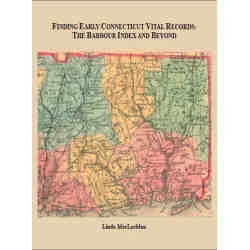
What if your Aunt Rose walks up to you and says, “I understand you’re into genealogy, so explain to me in plain English the difference between second cousins and first cousins twice removed.” Could you do it? If you cannot, if you’re a little confused about the “removes,” consider the following excerpt from Jackie Smith Arnold’s little book, Kinship: It’s All Relative. 2nd Edition.
As Ms. Arnold explains, cousins share a common grandparent. Second cousins share a great-grandparent. Fifth cousins share a great-great-great-great-grandparent. Another way to think about it goes like this: Your father and his sister each have one child. You and your aunt’s child are first cousins. If you and your first cousin each have a child, those children will be second cousins, and so on.
When we start talking about the “removes,” confusion often enters the equation. “Simply put, removed means that a person belongs to a different kinship generation. A first cousin once removed is one generation removed from the source–a first cousin. Think of it as linguistic shorthand: ‘My first cousin once removed,’ instead of ‘My first cousin’s child is one kinship generation removed from our original first cousin relationship.'”
To return to the example in the preceding paragraph, the relationship between your first cousin and your child is that of first cousins once removed. Your grandchildren’s relationship to your first cousin would be as first cousins twice removed. And on and on.
Would you like to see some more examples of degrees of relationship? Do you understand the difference between a great-aunt and a grandaunt? Or between a cousin-german and a cater cousin? And what about double first cousins? Whatever questions you may have about family relationships or degrees of consanguinity, you’re bound to find the answer in Jackie Arnold’s Kinship: It’s All Relative. 2nd Edition.





